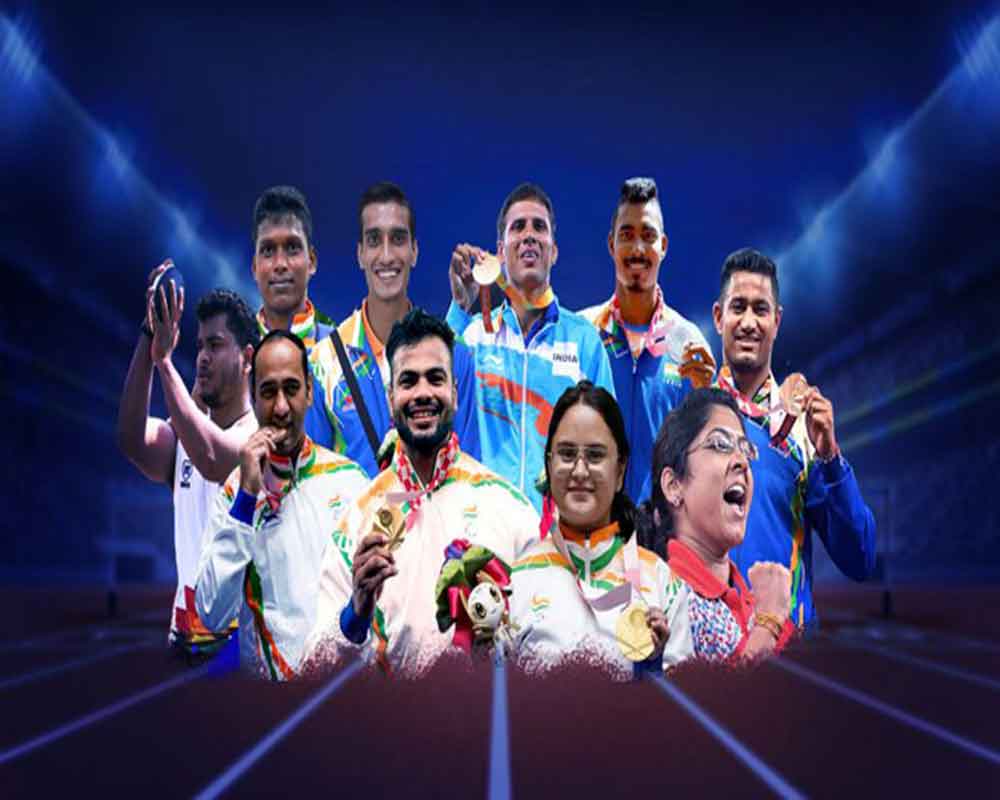The practice of societal indifference results in failure to tap their potential
The perception about persons with disabilities, the differently abled, is still discriminatory in today’s society. Many “negative myths” and superstitions are prevalent. They are considered as objects of pity and disability is commonly associated with illness or disease. Consequently, their potential remains untapped and that is a great loss to the society. Ten per cent of the world population suffers from one or more disability. In India, it is difficult to find but the 2011 census says about 2.68 crore are differently abled. That comes to 2.21 per cent of the population. The media plays a major role in forming and molding the public perception about differently abled persons. However, despite the technological advancement and advent of digital media, mass media in India still remains inaccessible for persons with disabilities. Generally, the media depicts people with disability in accordance to the common stereotypes such as the two extremes of “pity” and “heroism”. Tracing the history of portrayal of people with disability in media, we find that since early days, the disability issues were projected through documentary films. The medical and nursing students were exposed to disability sector by showing them educational silent films on hospital patients with various disabling conditions. The films made on World War I veteran patients with symptoms of catatonia, extreme Post Traumatic Stress Disorder (PTSD) (shell shock)symptoms and many other such films are available for viewing even today. The disability conditions of World War I veterans inspired the prominent Minnesota politician and newspaper publisher, Michael J. Dowling (1866-1921) who was himself a quadruple amputee to further the cause of veterans with disabilities by make films on them. Way back in 1918, he filmed himself doing routine tasks and got the other films on disability screened for groups such as the American Medical Association. Immediately after World War II, when returning veterans with war related disabilities were being reintegrated into the society, it was found that media portrayals of disability became more normalizing and acceptable. However, during the mid-20th century, a backlash of intolerance towards disability was observed. Some researchers felt that this may have been related to society’s reaction against any identifiable “difference” as a result of Cold War tensions. In the modern times, the arts, film, literature, television and other modes of mass mediafiction works are responsible for portraying stereotypical depictions of disability. These created images are frequently normalized through repetitions to the general audience. Once such a stereotype is observed and accepted by the mainstream public, it continues to be repeated in the media, maybe in slightly varies forms, but staying close to the stereotype. As a pioneering effort, the Community Radio Association of India in association with Blind Welfare Council,Dahod,Gujarat conducted a two-day National Orientation-cum-Training Workshop in March. The objective was to create awareness, identify emerging issues, trends and strategies for promoting the concept of inclusive society in the area of disability and human development through community radios, to provide insight and opportunity in the requisite skills for practicing community radio professionals in new era of digital information technology by using available accessibility tools and specific skills and techniques in radio production and discuss about making quality radio programmes on issues related to disability such as prevention, identification,intervention and rehabilitation of persons with disabilities. There is a need to organize many more workshops for media professionals and to prepare accessible information,educational and entertainment materials in digital format for children and persons with disabilities. The media houses, organizations and media professionals should come forward to understand and highlight the issues pertaining to the people with disabilities in the right prospective.
(The writer is a Senior Journalist and President, Community Radio Association of India. The views expressed are personal.)


























